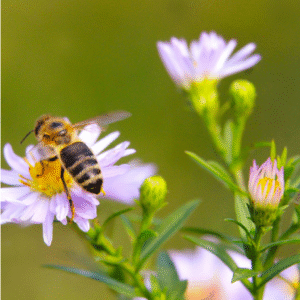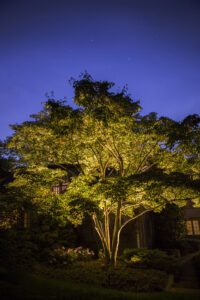Written By: Elena Roman
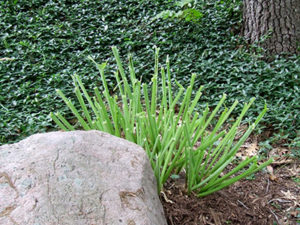
The white-tailed deer (Odocoileus virginianus) is undoubtedly one of the most witnessed wildlife we interact with in our American existence. Come fall, as vegetation dwindles, depleting food sources in wooded areas, deer are forced to search for food in places they otherwise would feel insecure (as you can probably notice by your mauled or nonexistent Hostas). More recently, this shift has become particularly evident as deer populations in many States have reached record highs, despite controlled efforts by state and wildlife management agencies via regulated hunting. Human altered environment has further promoted population growth as deer have successfully exploited cultivated land of agricultural fields, orchards, roadsides, lawns, and gardens. These high population densities in certain regions bring to question the effects of deer prolificity and its impact on not only our gardens, but our greater forest ecosystems.
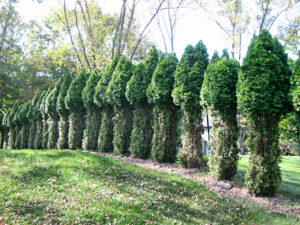
In their ecological context, white tailed deer are considered a keystone species—a species which is highly influential in the lives of other species in a given ecosystem, such that if it were removed completely, the ecosystem would drastically change. This is in large part because deer diets are very adaptable; they have been described as grazers by choice, feeding on herbaceous plant material and foliage in spring and summer, and browsers by necessity, feeding on woody stems in winter. Thus, the high population densities of deer experienced in North America have greatly altered our forests’ ecology and composition, threatening the regeneration of our native forest flora and fauna.
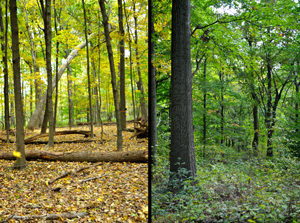
Tree seedlings have been decimated due to deer over browsing, failing to replace mature fallen trees, creating increasingly large gaps in the forest canopy. Herbaceous perennials, herbs, and shrubs have also been over-browsed, making room for opportunistic invasive species in the understory such as garlic mustard, Japanese stilt grass, Japanese barberry, tree-of-heaven, multi-flora rose, and more, which are disproportionately resistant to deer browsing. Once established, these invasive communities contribute to the suppression of native plant regeneration, crowding them out, and in some cases altering soil chemistry, making conditions for native plants even more unsupportive.
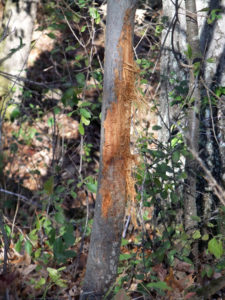
In examining these effects, factors known to have exacerbated these effects, and the failures of current regulations, it is clear to see white-tailed deer overabundance is a layered issue which cannot be attributed to any single cause, and most certainly not attributed to the existence of deer as a species in itself. It is crucial to understand ecological imbalances in populations (or in other aspects) are inherently complicated in this sense; there are many living and non-living forces acting upon and influencing each other in an ecosystem, many having synergistic dynamics, and positive or negative feedback loops. The adaptivity of deer, the fragmentation of our landscape due to overpopulation of people and urbanization, the introduction of invasive species to our native landscape due to this fragmentation, due to urbanization, due to overpopulation–these are all layered issues promoting a greater imbalance in our local ecosystems. In preserving a population, or populations, we cannot only preserve (or eradicate) at only the species level. We must support and preserve as many components of our native ecosystem as possible: plants, insects, animals, water, soil, atmosphere, and beyond.


